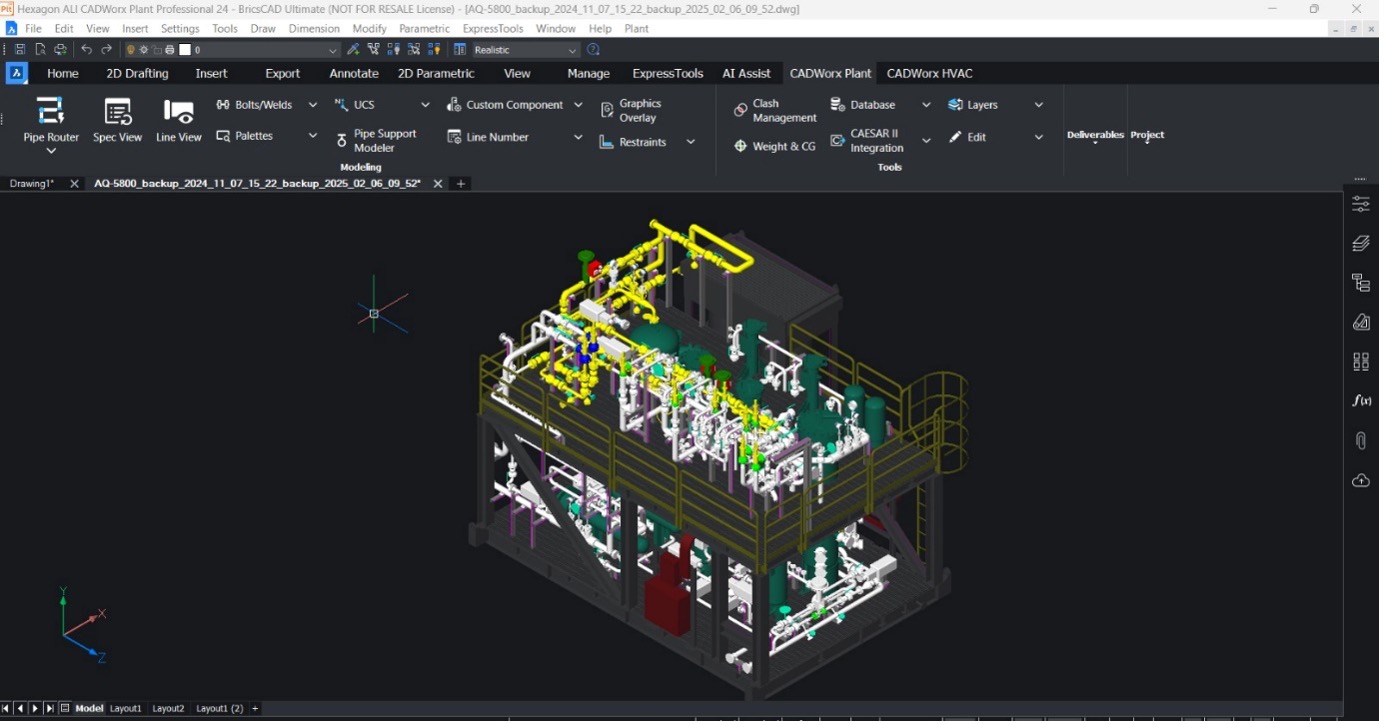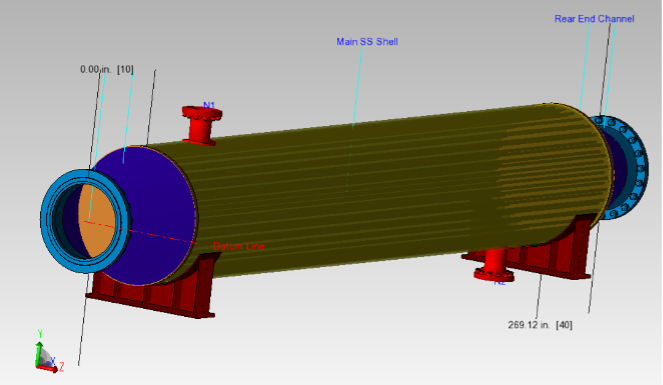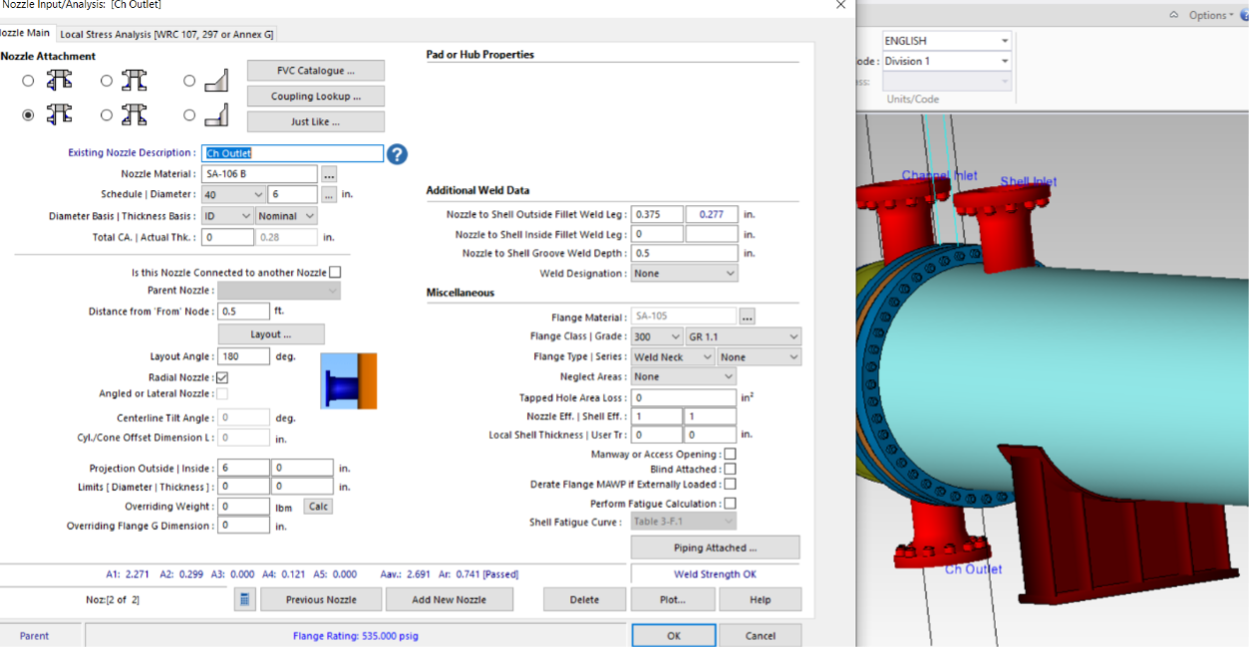Engineering design in the oil and gas industry is a multidisciplinary effort that combines mechanical, structural, electrical, and process engineering. Some key areas include:
Concept & Feasibility Studies
Before any project takes shape, engineers conduct feasibility studies to determine the best solutions based on cost, safety, and regulatory requirements. This includes risk assessments, material selection, and initial process design.
Process & Piping Design
Process engineers design the flow of gases and liquids within refineries and processing plants. Piping engineers ensure that pipelines are correctly sized, safely routed, and able to withstand pressure and temperature variations. They also conduct stress analyses to prevent failures.
Pressure Vessel & Mechanical Design
Pressure vessels, storage tanks, and heat exchangers must be designed to comply with ASME BPVC and other international standards. Engineers analyze stress, temperature fluctuations, and corrosion resistance to ensure longevity and safety.
Structural Engineering
From offshore drilling platforms to onshore processing plants, structural engineers design and analyze infrastructure to withstand extreme conditions, including high winds, seismic activity, and heavy loads.
Electrical & Instrumentation Engineering
Automation, control systems, and power distribution are essential for modern oil and gas operations. Engineers ensure that electrical and instrumentation systems are designed for reliability and compliance with safety standards.
Environmental & Safety Compliance
With growing global concerns about sustainability and carbon emissions, engineering design must prioritize environmental compliance. This includes reducing waste, optimizing energy consumption, and incorporating renewable energy solutions where feasible.




